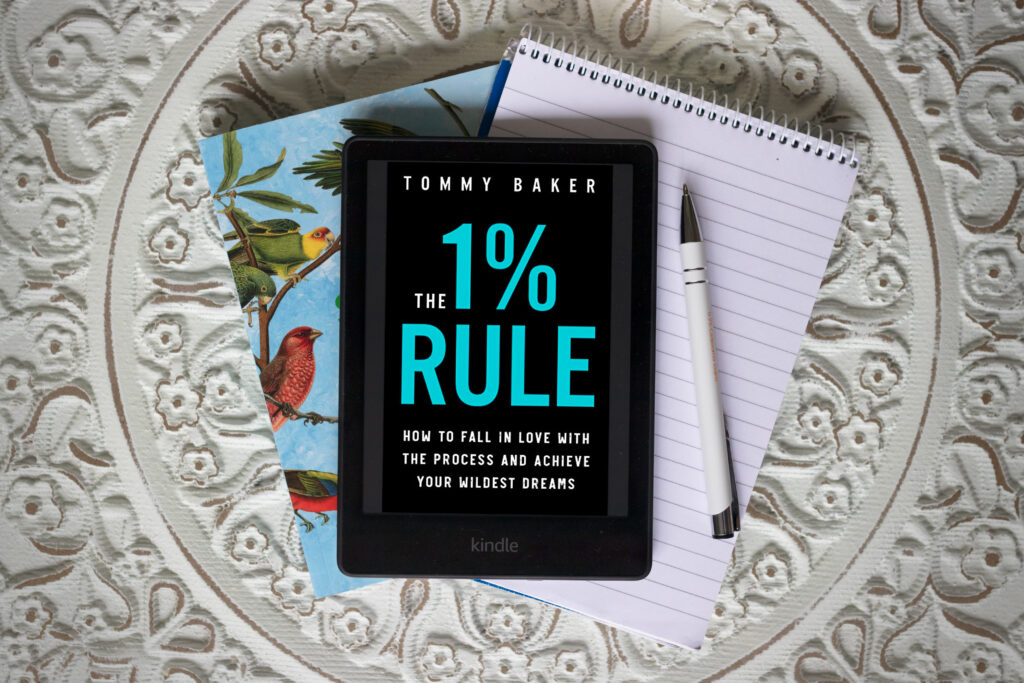
Three Sentence Summary
The 1% rule is a method for creating consistent momentum in whatever goal or ambition you may have set. Its a simple strategy with a proven track record and thanks to the tips added gives this strategy more structure and focus. The book and the method itself is a simple but effective way to get any goal started or back on track!
Table of Contents
ToggleMy Top 3 Take Aways
- Mindset is king. Accepting that hard work, commitment and that not everything will go your way first time around is the first steps to success as when adversity arises you’re more likely to face it head on rather than give up.
- Progress or at least perceived progress is the key motivator and builder of momentum which will empower you to continue towards your goals.
- Ask yourself ‘What can I execute right now that will prove that my outcome and vision are not only possible, but coming true?’. Answer with intent and focus and deciding your daily tasks towards progress will be that much easier.
Who Do I Recommend This Book For?
The method described in this book is great for anyone to implement whether they are starting a new goal or trying to rekindle an old one. The book itself however I found did rehash many ideas from other productivity books which is nothing new for this particular niche. It could act as a good option as a first book on productivity as it summaries a number of common strategies however other books such as Atomic Habits (James Clear) provide more detail in specific strategies to use. I still gleamed some value though so if you can pick it up on sale like I did you can’t really go wrong.
Full Summary
Hurdles of the Mind
The 1% Methodology
1% progress + Daily Application (Consistency) + Persistence (Focus) + Time (Endurance) = Success!
Consistency
Recommended Reading: For the best tips on habit formation try my summary of Atomic Habits by James Clear for tips!
Persistent Focus
‘What can I execute right now that will prove that my outcome and vision are not only possible, but coming true?’
Endurance
Making it Actionable!
If you’ve read this book already I’d love to know your thoughts and how you’ve implemented its strategies. Let me know down below!


